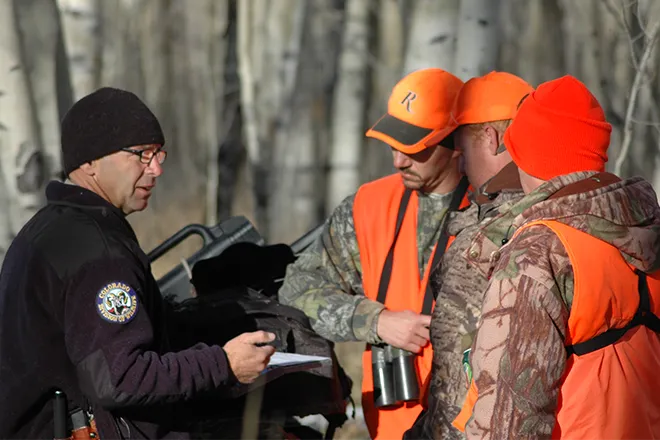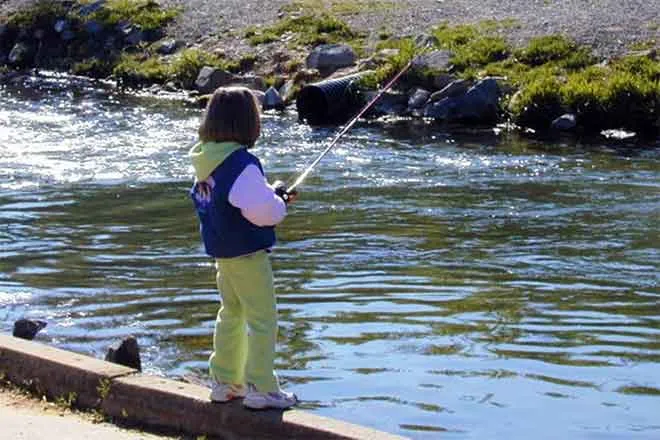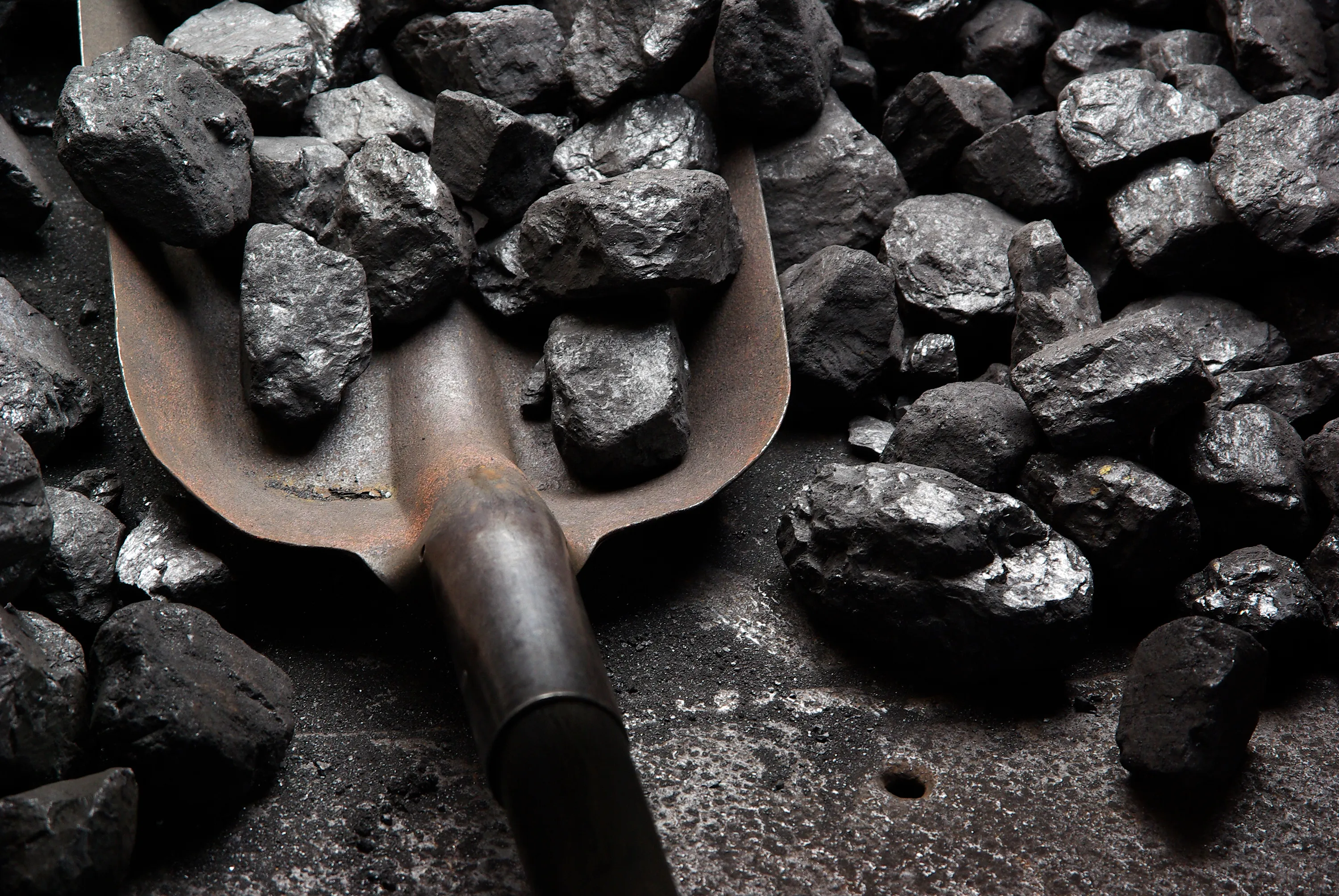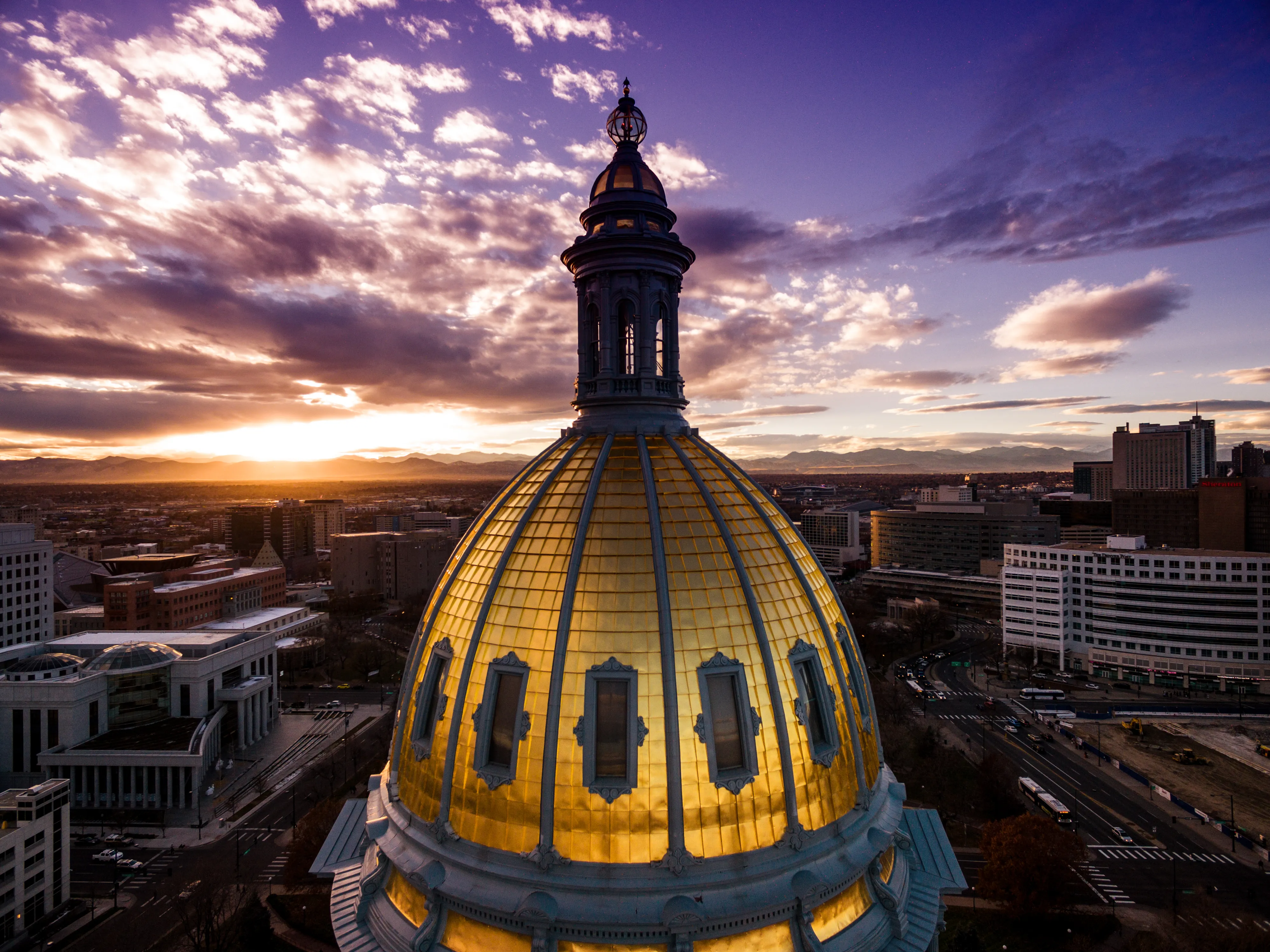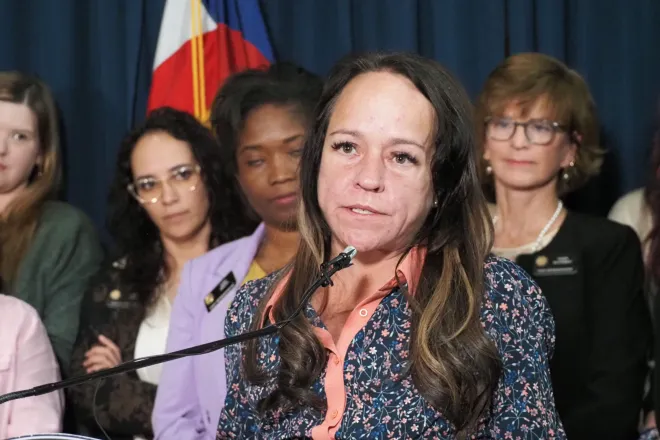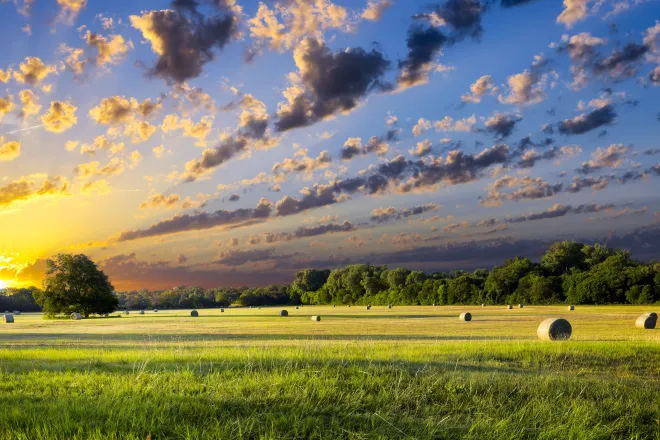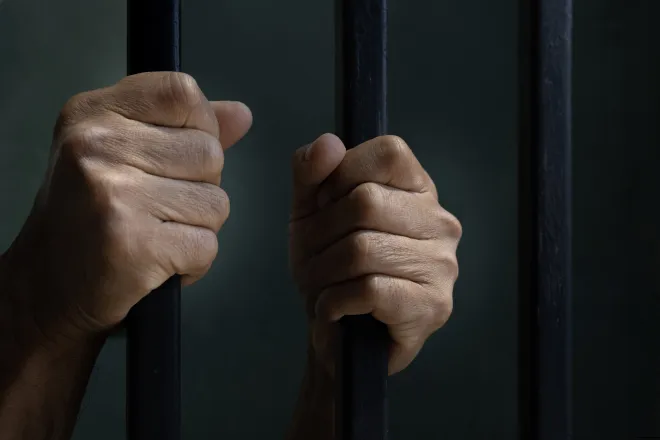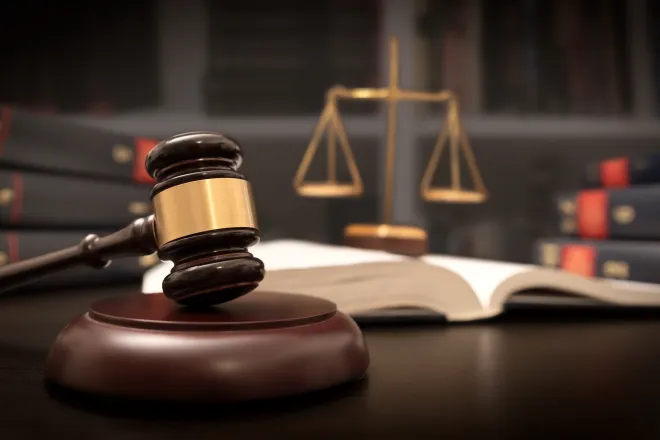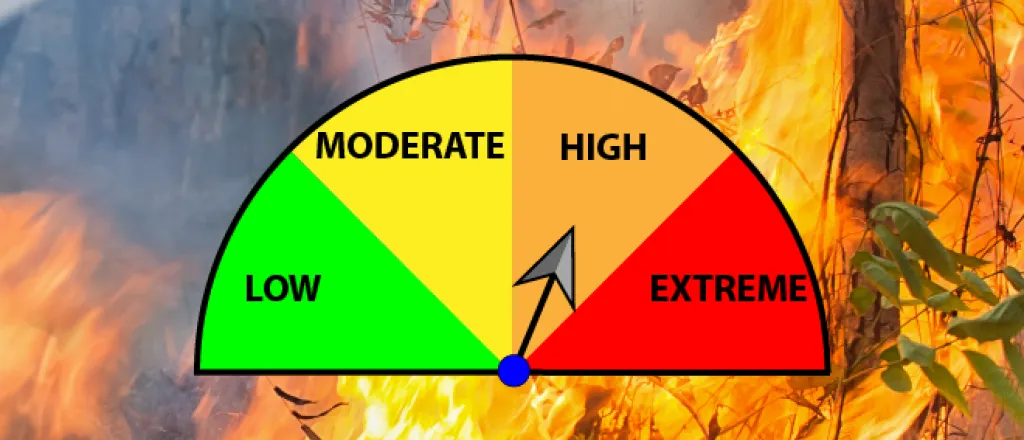
Colorado wildfires: Latest updates on the 2025 fire season
Fueled by hot summer weather and persistent drought conditions across the western half of the state, wildfires have burned more than 100,000 acres in Colorado so far in 2025.
It’s already Colorado’s worst fire year since 2020, when multiple historic blazes burned a record-setting 625,357 acres, according to National Interagency Fire Center data.
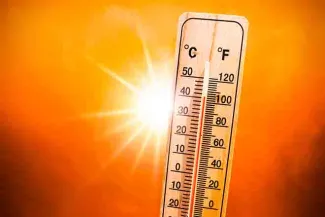
© iStock - Xurzon
Drought conditions classified as “severe” or “extreme” currently extend across the majority of the Western Slope, according to the U.S. Drought Monitor. A critical fire weather advisory for western Colorado and several neighboring states has been issued by the Rocky Mountain Area Coordination Center, a Denver-based branch of the NIFC, and will remain in place through at least mid-August.
“After a dry winter with minimal snowpack fuel moistures are well below normal, and much of the region is under severe to extreme drought,” the agency warns. “Extreme fire behavior marked by rapid spread, torching, and resistance to control is being driven by critically dry … fuels, and drought-stressed brush and trees. As heat intensifies and fuel moistures decline further, fire potential will remain elevated across the area.”
Three Colorado fires have burned at least 10,000 acres in 2025:
- The Lee Fire, west of the town of Meeker in Rio Blanco County, has burned an estimated 58,714 acres with 0 percent containment as of August 8. It’s believed to have been caused by lightning August 2.
- The nearby Elk Fire, southeast of Meeker, is also believed to have been caused by lightning August 2. It has burned an estimated 14,518 as of August 8, and is 0 percent contained.
- The Turner Gulch Fire, east of Gateway near the Colorado-Utah border in Mesa County, is 49 percent contained and has burned an estimated 27,477 acres since it was started by lightning on July 10.
Parts of Black Canyon of the Gunnison National Park also remained closed due to the South Rim Fire, which has burned over 4,000 acres in and around the park in Montrose County.
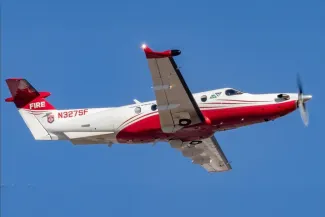
Division of Fire Prevention and Control Multi-Mission Aircraft.
Governor Jared Polis has issued disaster declarations for fires in Delta, Mesa, Montrose and Rio Blanco counties. August 6, he mobilized the Colorado National Guard to support firefighting efforts on the Lee and Elk fires.
Due to climate change, much of Colorado has grown hotter and drier in recent decades, increasing wildfire risk. The three largest wildfires in Colorado history all occurred in 2020, and the state’s 20 biggest fires on record have all occurred in the past 20 years. Rising levels of greenhouse gases, mostly the result of fossil-fuel combustion, have caused much of the Western Slope to warm by an average of more than 4 degrees Fahrenheit above pre-industrial levels, and the region’s current “megadrought” is its worst dry spell in at least 1,200 years.
Most wildfires are caused by human activity. To minimize the risk of sparking a fire, authorities urge visitors to national forests and other public lands to follow local fire restrictions, ensure that vehicles are properly maintained and trailer chains are secured, and avoid driving or parking on dry grass.
In 2017, the State Forest Service reported that more than 2.9 million Coloradans lived in the “wildland-urban interface” — areas at risk of being impacted by wildfires. Fire safety experts urge residents of such zones to familiarize themselves with the “Ready, Set, Go” system of precautions.
Western Slope wildfires already add up to Colorado’s worst fire year since 2020
High winds and extreme drought conditions in northwest Colorado have fueled the rapid growth of two wildfires this week near Meeker in Rio Blanco County, where firefighting crews say they’re prioritizing structure protection with “limited resources” on hand.
The Lee Fire, west of Meeker, nearly doubled in size Tuesday and has now burned 22,497 acres, predominantly on Bureau of Land Management land south of Colorado Highway 13. About 20 miles to the east, the Elk Fire is estimated at 8,304 acres in size. Both fires are believed to have been started by lightning strikes August 2.
With the latest growth, the estimated area burned in Colorado by 11 major wildfires in 2025 now stands at 64,196 acres, according to federal data. That doesn’t include smaller fires suppressed by state and local first responders, but it already makes for the state’s worst fire year since 2020.
Turner Gulch wildfire nears 14K acres in western Colorado
The Turner Gulch wildfire near Unaweep Canyon northeast of Gateway is burning about 14,000 acres as of Wednesday afternoon.
“This fire remains active and continues to make significant advances to the east as winds become aligned with the terrain. Fire officials are developing a strategy to protect values while providing for safety of firefighters and the public,” said a Wednesday afternoon update from the Rocky Mountain Complex Incident Management Team 1.
The fire was caused by lightning July 10. Winds have stoked the blaze in recent days.


